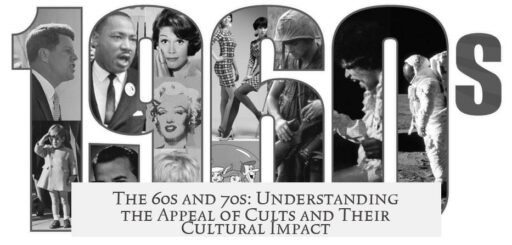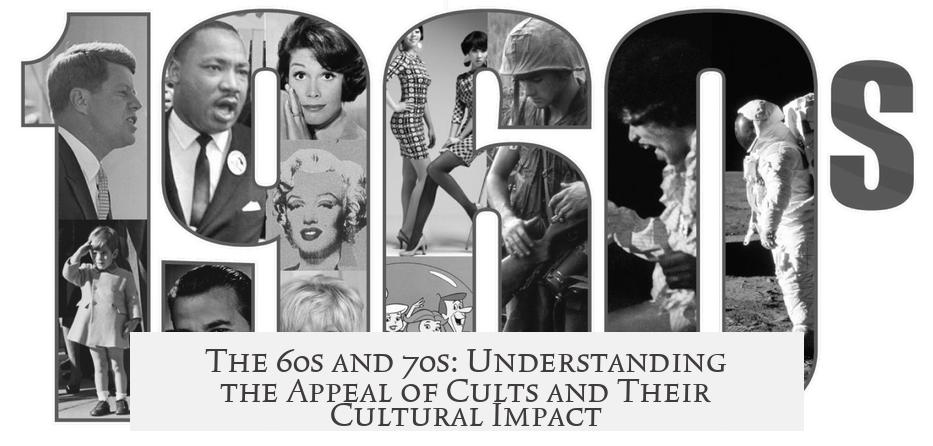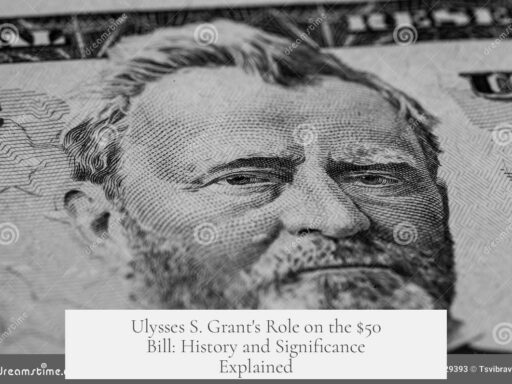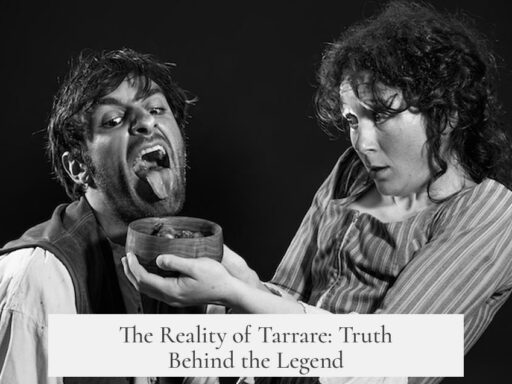People in the 60s and 70s were drawn to cults largely due to the unique historical, cultural, and technological shifts happening at the time. This era, recognized as the Fourth Great Awakening in America, saw a rise in fervent religious and alternative spiritual activity. The combination of expanding media access, evolving family dynamics, political tensions, and the emergence of new religious movements (NRMs) created a fertile environment for cults to attract followers.
Firstly, religious fervor had deep roots in American history, with multiple waves of intense spiritual revivals. The 1960s to 1980s period is considered the fourth major awakening, continuing the tradition of alternative faith expressions initiated by groups like the Mormons in the 1820s and Jehovah’s Witnesses during World War I. This foundation established a precedent for the emergence of NRMs.
Technological advances played a crucial role in the cults’ visibility and appeal. The Baby Boomer generation had unprecedented access to mass media and emerging technologies that showcased unusual worldviews and communal lifestyles. NRMs could produce and distribute books, music, and films independently. Public ceremonies, such as the Unification Church’s mass weddings, were visually captivating and media-friendly, attracting widespread attention. Media outlets initially treated these groups as exotic curiosities but later sensationalized them, coining the term “cult” to frame these groups negatively. This helped spread the idea that cults were dangerous or manipulative, increasing public fascination and fear.
Changing family dynamics also influenced people’s attraction to cults. Baby Boomers were raised valuing individuality and questioning established norms. They often rejected their parents’ rigid beliefs, seeking spiritual communities that aligned with their personal values. NRMs offered diverse spiritual options, creating a menu for self-expression and discovery. This led to tension within families, as parents worried their children were being brainwashed by cults. This fear spurred the rise of anti-cult movements, which aimed to protect youth and counter NRMs, sometimes through controversial means.
Political factors also shaped some individuals’ decisions to join cults. The 1960s and 70s were marked by stark political polarization, including the rise of radical left-wing activism. Some people rejected these politics and turned to NRMs as an alternative path. Groups like the Unification Church framed themselves as anti-communist and opposed to left-wing youth movements. However, the extent to which political motivations directly influenced cult membership remains partly unclear. It is known, though, that NRMs sometimes positioned themselves as refuge from or opposition to extremist politics, appealing to those disillusioned with the era’s political tension.
The rise of the term “cult” significantly impacted public perception. Parents and the media used the word to express their fear of brainwashing and loss of control over their children. High-profile violent incidents such as the Manson family murders and Jonestown mass suicide reinforced the negative stereotype of cults. This sensationalism led to the formation of anti-cult organizations advocating aggressive responses like deprogramming. However, these efforts often involved illegal actions, resulting in legal setbacks and the decline of early anti-cult movements.
In academia and legal contexts, there has been a gradual shift away from using the term “cult” due to its subjective and pejorative connotations. Alternatives like “high-control group” or “high-demand group” have emerged to describe these communities with more neutrality. Historians strive to analyze NRMs objectively, focusing on their beliefs and social dynamics rather than moral judgments.
| Factors | Details |
|---|---|
| Historical Religious Context | Fourth Great Awakening, precedent of alternative faiths like Mormons, Jehovah’s Witnesses |
| Media and Technology | Mass media exposure, NRM-produced music and images, sensational coverage |
| Changing Family Values | Baby Boomers’ emphasis on individuality and spiritual exploration, parental fear of brainwashing |
| Political Climate | Reaction against radical left-wing politics, groups promoting anti-communist stances |
| Terminology and Public Perception | Use of “cult” term, links to violent groups, rise of anti-cult movements and legal battles |
Overall, people in the 60s and 70s were “suckers for cults” because a unique combination of historical momentum, media exposure, societal change, and political unease created an environment where NRMs thrived and attracted many seekers of alternative spirituality. The media’s framing of these groups as cults further heightened curiosity and alarm, fueling both membership and opposition.
- America’s Fourth Great Awakening encouraged alternative religious activity.
- Media innovations gave NRMs wide exposure and shaped their public image.
- Changing family values fostered individuality and spiritual experimentation.
- Political tensions prompted some to seek alternatives to left-wing activism.
- The term “cult” increased fear, leading to anti-cult activism and legal challenges.
Why Were People in the 60s and 70s Such Suckers for Cults? A Deep Dive into a Cultural Phenomenon
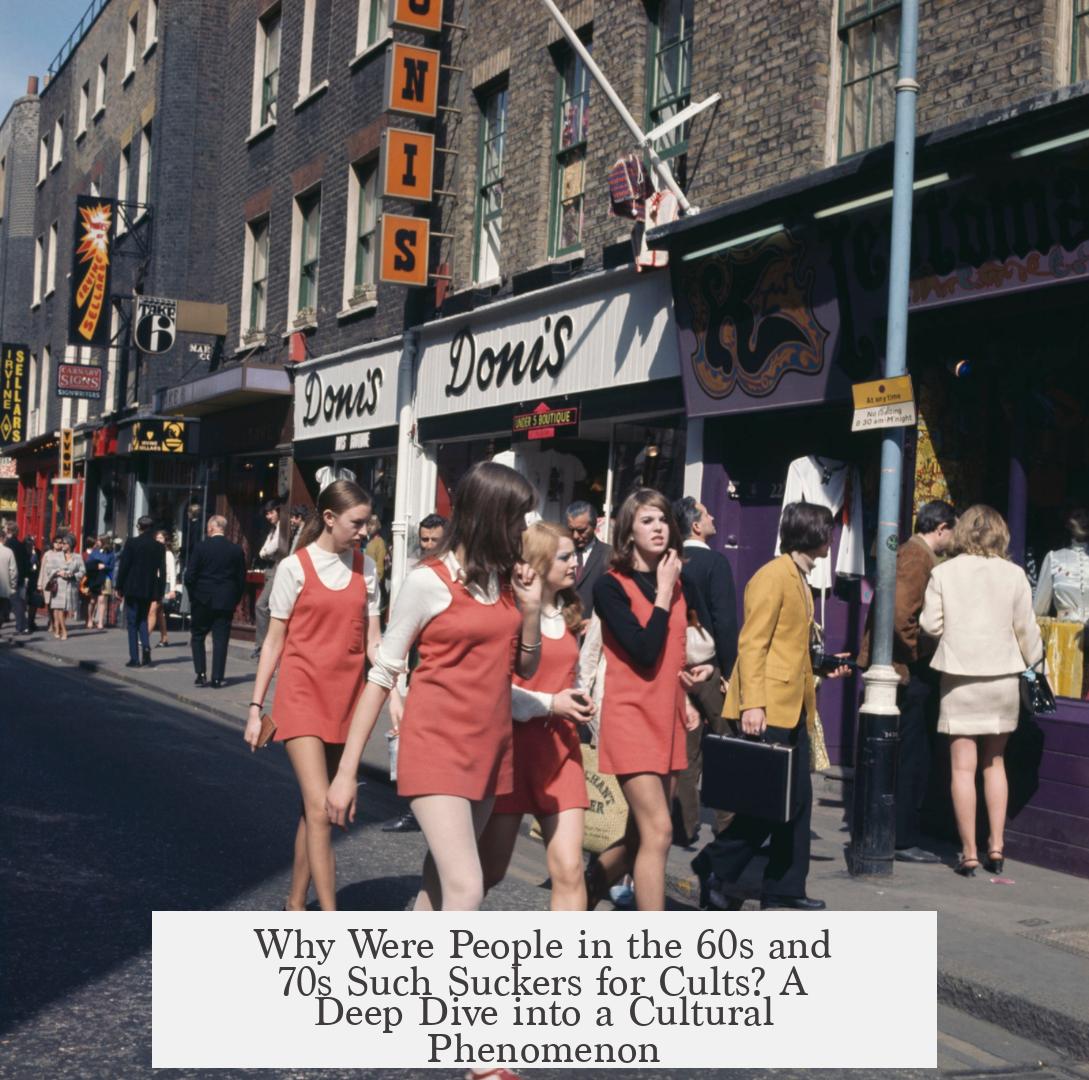
Here’s the straight talk: People in the 60s and 70s weren’t suckers per se; they were responding to deep social shifts, new spiritual openings, the rise of mass media, and political tensions. The era made alternative faiths highly visible and appealing, creating a perfect storm for cults—or as scholars prefer, “New Religious Movements” (NRMs)—to thrive.
Let’s unpack this fascinating moment in history with a blend of facts, stories, and a pinch of humor.
The Historical Stage Was Already Set
America’s love affair with alternative spirituality runs way deeper than the hippie years. In fact, this wasn’t the first time the nation got on board a spiritual bandwagon.
Historians recognize four “Great Awakenings” in American history—periods buzzing with religious enthusiasm and new movements. The 1960-80 burst of activity is considered the fourth. Before the flower children and their tie-dye shirts, there were:
- The Shakers (1780s): Known for their simple, ecstatic worship and communal living.
- The Mormons (1820s): Starting as a small group, they grew to a major religious force.
- Dispensationalism (1830s): Preaching end-times theology that still finds ears today.
- Plus, free thinkers in utopian communes, spiritualists chatting with the dead, and early 20th-century Eastern spirituality fans in the Theosophical Society.
So, the ‘newness’ of 60s/70s cults was really a modern twist on a recurring American theme.
Mass Media and Tech: The Cults’ New Best Friends
One big difference in the 60s/70s? Technology and media had exploded. Suddenly, unusual ideas were easier to find and visualize, especially for Baby Boomers.
New Religious Movements weren’t just secret enclaves anymore. They produced their own music, books, and imagery to woo youths hungry for spiritual something different.
Remember the Unification Church’s infamous mass weddings? Perfect for newspapers and TV cameras. Media loved the spectacle; the public gobbled it up.
This wasn’t just curiosity. Sensational journalism flourished, painting many groups as exotic and suspicious “cults.”
So, media didn’t just report—they amplified the image and fueled fear. Imagine your nightly news turning your cousin’s yoga retreat into a secret cult lair!
Breaking Family Molds and Embracing Individuality
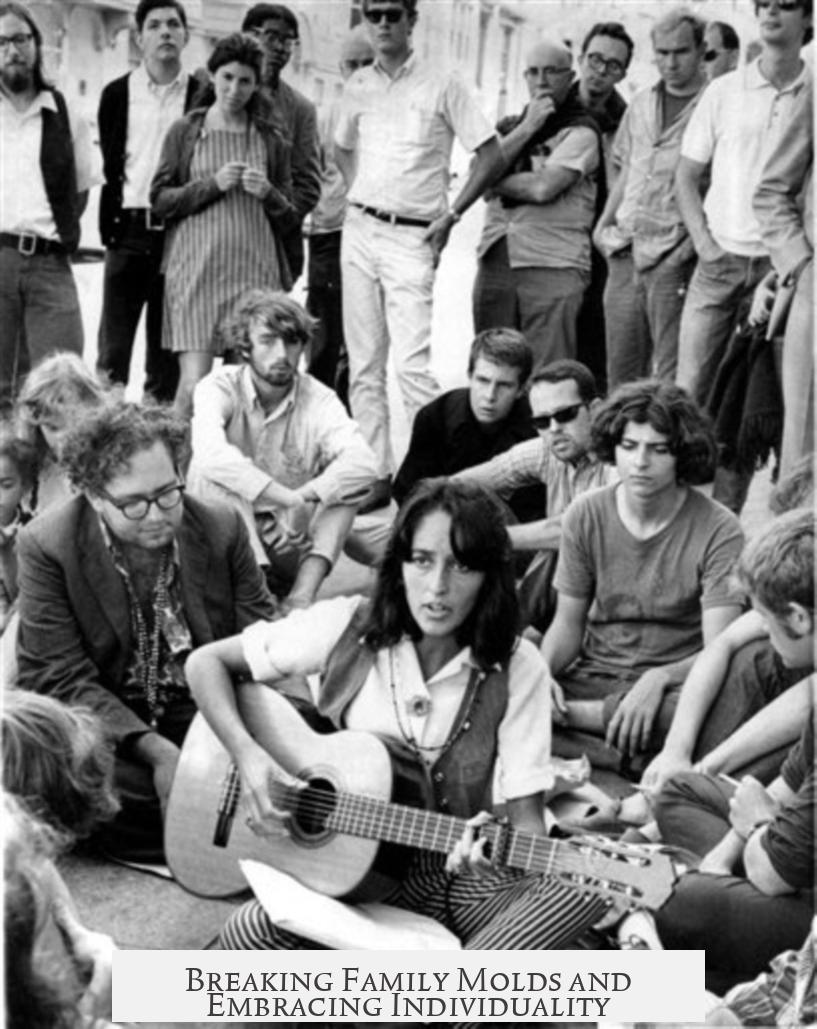
The family dynamic in the 60s/70s wasn’t your parents’ family. Baby Boomers grew up with the mantra: “Be yourself.” That was new. Prior generations leaned more toward conformity and tradition.
When these Boomers struck out spiritually, they found thousands of options. NRMs weren’t selling one-size-fits-all faiths; they offered a menu catering to diverse backgrounds.
But parents freaked out. Concerned their kids were brainwashed, a word loaded with Cold War anxieties, many tried to intervene—sometimes aggressively.
This parental panic birthed the anti-cult movement, which, spoiler alert, often used questionable methods like forcible “deprogramming.”
The Political Backdrop and Culture Wars
The 60s and 70s were politically charged. Radical left-wing politics spooked some youth. For those who didn’t buy into protest slogans and revolution, tight religious groups offered an alternative community with clear purpose.
The Unification Church openly claimed it was countering misguided communist-influenced youth. Yet, how many cult members actually rejected leftist politics or directly encountered them? That’s still up for debate.
For some, the choice was less about politics and more about belonging, meaning, or just plain curiosity.
How “Cult” Became a Loaded Word
Before the 1960s, “cult” was a neutral term referring to religious worship. But media and public discourse gave it a sharp, scary edge: brainwashing, mind control, and danger.
This wasn’t just hype. Unthinkable events like the Manson Family murders and Jonestown massacre linked the term to real violence and horror.
Suddenly, all NRMs faced suspicion or outright hostility. The word “cult” became a weapon, shaping public fear and legal crackdowns.
Legal Battles and Academic Shifts
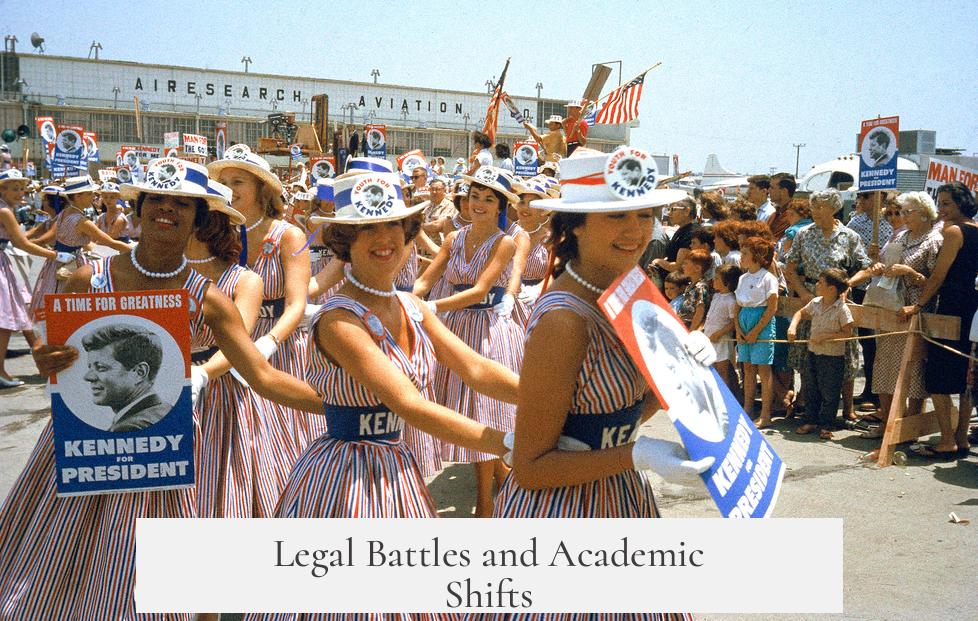
The anti-cult groups, often backed by worried parents, tried to intervene in what they saw as “lost” souls. Deprogramming—sometimes forceful and illegal—sparked many court cases.
By the 1990s, several anti-cult organizations folded under legal and financial pressure.
Meanwhile, scholars stepped back from the loaded “cult” label, preferring terms like “high-control group” or “high-demand group.” This language aims for neutrality, avoiding assumptions about good or evil.
Historians tend to avoid hot-button terms altogether. They seek to understand NRMs as social phenomena without judgment, respecting the complexity of each group.
Closing Thoughts: Why Did So Many Choose Cults in the 60s/70s?
Looking back, the influx of alternative groups during the 60s and 70s wasn’t magic, madness, or mass gullibility. It was a product of:
- A long tradition of religious experimentation.
- New media spotlighting alternative paths.
- A generation rearing itself on individual choice.
- Political and cultural turbulence seeking new anchors.
- An escalating culture war that turned spiritual seekers into suspects.
Instead of “suckers,” these seekers were pioneers in a spiritual wilderness, exploring and experimenting with fresh ways of being. In many ways, they rewrote the American spiritual playbook.
Thinking it Through
Ever wondered how much media shapes public opinion? The 60s/70s cult story is a masterclass in perception control. When you see a new movement pop up, who controls the narrative? Who gets to paint it as “exotic” or “dangerous”?
And for those grappling with their own spiritual path today, look back: diversity in belief isn’t just a trendy concept. It’s a legacy from those courageous decades.
A Little Extra: The Mormon Movie Connection
Here’s a fun fact to end on: the Mormons, one of America’s oldest NRMs, started making movies in the 1950s. This prefigured the media-savvy approach NRMs took decades later—using new platforms to tell their story and recruit.
So if the 60s/70s cult boom surprises you, remember: the tech and storytelling tools were changing fast, and groups that embraced them gained headlines and followers in equal measure.
In a nutshell, these were not “suckers.” They were part of a broad cultural shift where religion, media, and politics tangled in a wild dance—each pushing the other toward a new American spiritual frontier.
Why did alternative religious movements grow so rapidly in the 1960s and 70s?
Technological advances and mass media allowed NRMs to reach wide audiences quickly. Baby Boomers’ search for individuality combined with societal openness to new ideas created fertile ground. Media coverage often sensationalized these groups, fueling their growth.
How did changing family dynamics influence people joining cults in that era?
Baby Boomers rejected many parental values. They sought spiritual paths different from their upbringing. Parents feared “brainwashing,” which led to tension and anti-cult activism, but this fear often misunderstood the desires for personal spiritual exploration.
What role did politics play in the appeal of cults or NRMs during the 60s and 70s?
Some people turned to NRMs as a reaction against radical left-wing politics they disagreed with. Groups like the Unification Church framed themselves as opponents of youth communism. However, the exact political influence remains unclear and varied.
Why was the term “cult” so significant during this time?
“Cult” became popular in media and public discourse, linking NRMs to fears of brainwashing and extreme violence like Jonestown. This term was used to stigmatize groups and justify anti-cult movements, including controversial deprogramming efforts.
What happened to the anti-cult movements that emerged in response?
They used illegal tactics like deprogramming, leading to legal battles and eventual decline in the 1990s. The language shifted toward “high-control” or “high-demand” groups to avoid the stigma and subjectivity tied to “cult.” Scholars aim for neutral analysis today.
